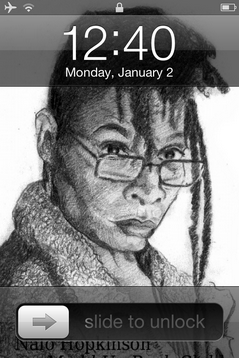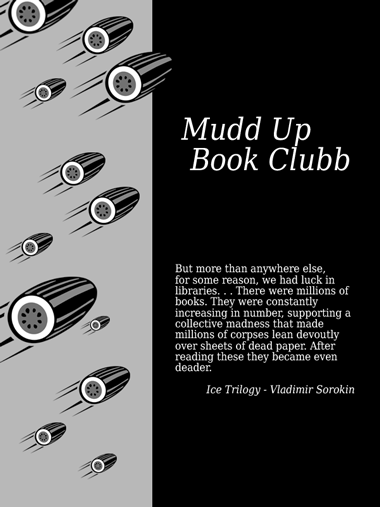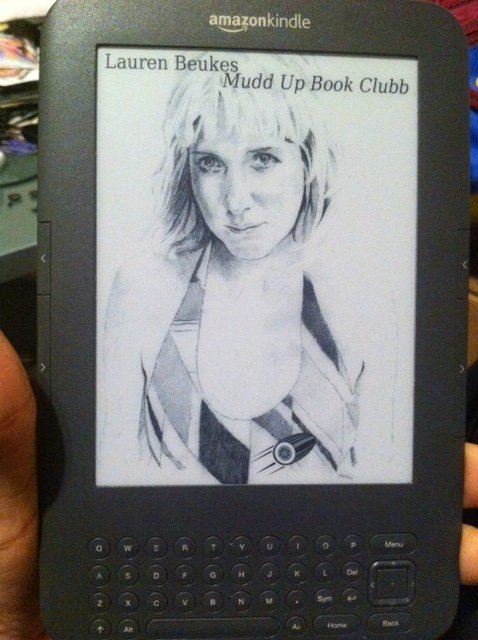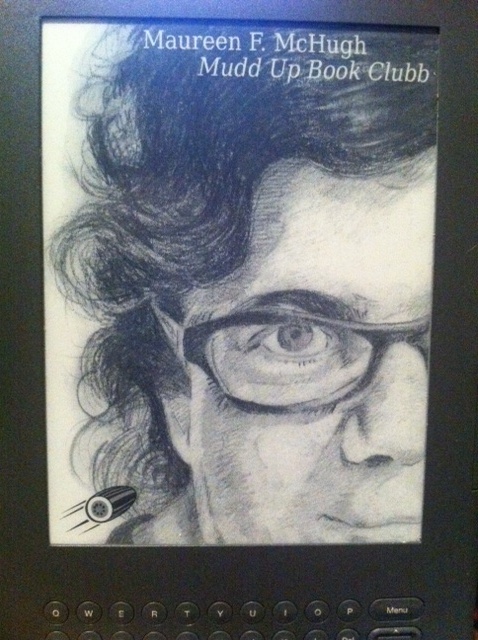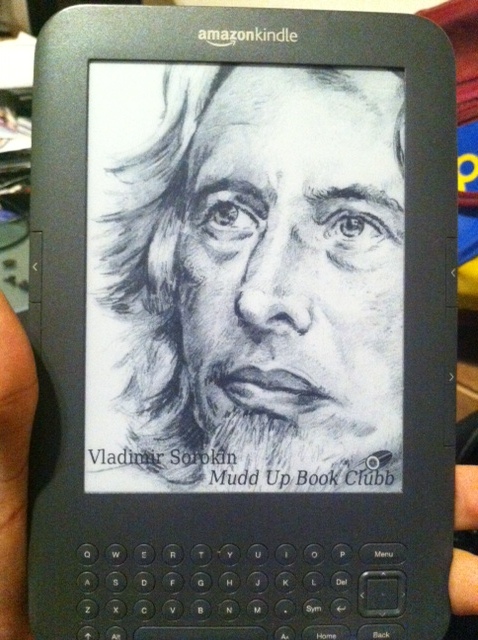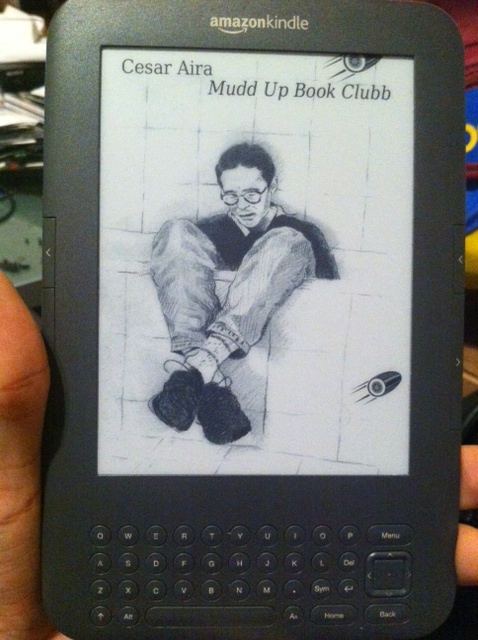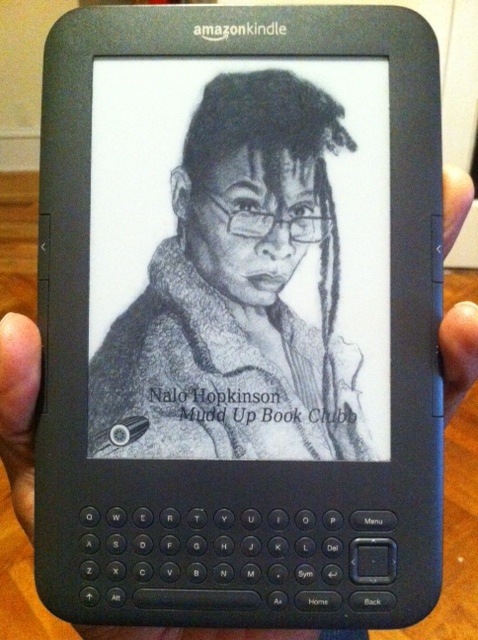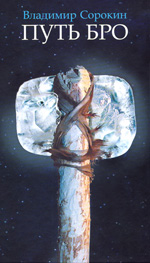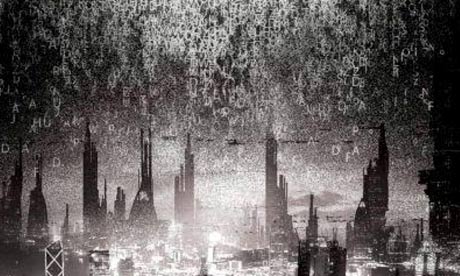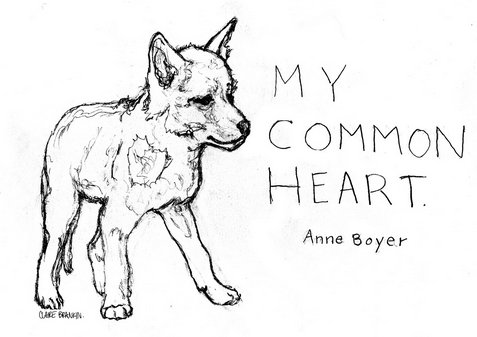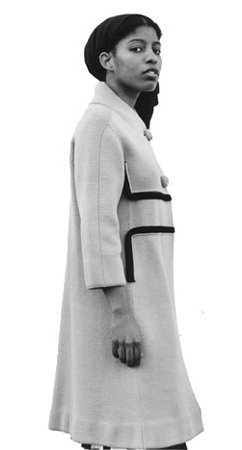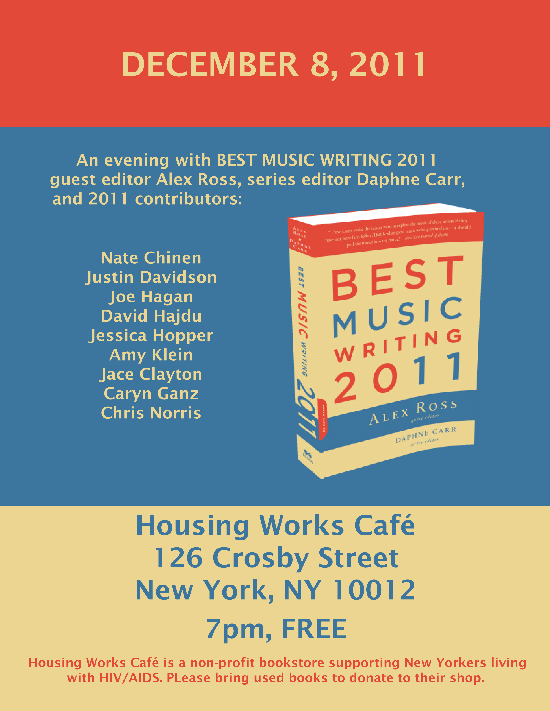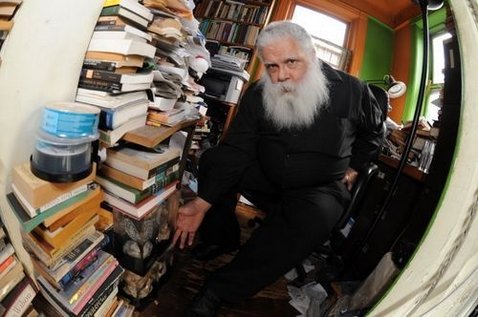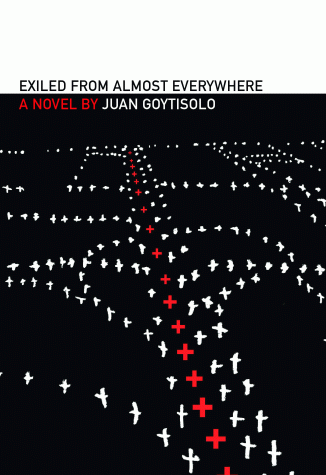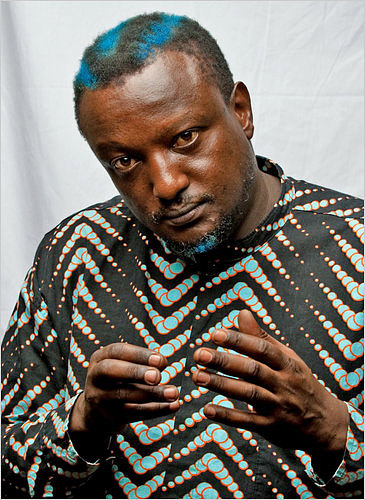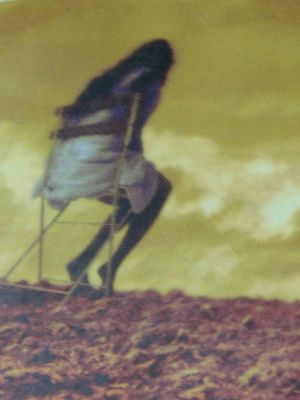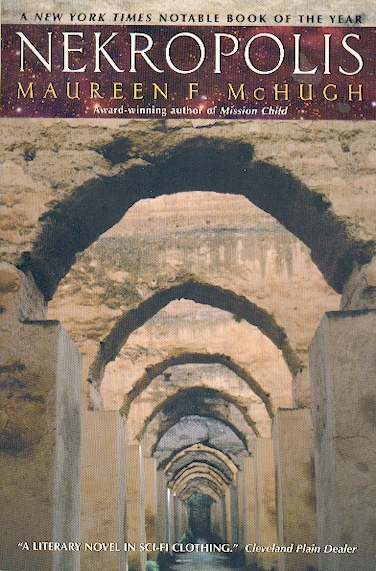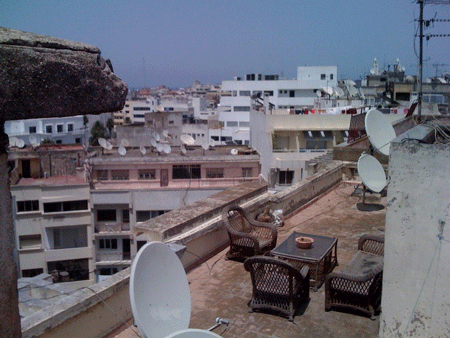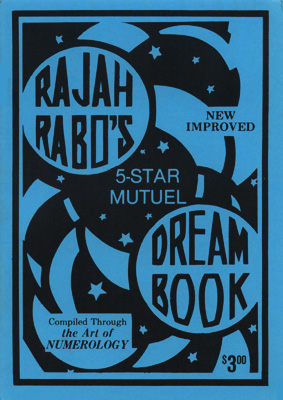The last Mudd Up Book Clubb meetup was the most special to date, as The Slynx’s author Tatyana Tolystaya herself showed up unexpectedly. Translator Jamey Gambrell was able to join us as well. INCREDIBLE. To discuss one of my favorite books with its author & translator was a rare treat.
+ + +

[Taussig in a garden with yagé vines with Don Pedro, an Indian healer. Colombia, 1977. Via Cabinet.]
Our next selection is Michael Taussig’s My Cocaine Museum. Stoned anthropology written as a slide through heat & sensation in the shadow of Walter Benjamin. Thinking about gold, cocaine, slavery, boredom, color, history, centered around Afro-Colombian gold miners on Colombia’s Pacific coast. This is our second nonfiction book so far, and like Delany’s Times Sq Red, Times Sq Blue, the prose is incandescent, challenging and rewarding. Join us, we’ll meet in NYC on July 8th for My Cocaine Museum.
Here’s an excerpt from the beginning of the “A Dog Growls” chapter:
A dog growls in the doorway of the house where I am staying in GaupÃ. I have never heard this dog growl before. I look out into the street, There are two armed soldiers walking by on patrol in standard-issue camouflage. Strange how the dog picks up what most of us feel but do not express. What would happen if we all growled when soldiers walked by? A whole town growling! How wonderfully appropriate to growl back at the state, mimicking it, growl for growl, watching it magnify in the fullness of biological prehistory, writing being but another form of hair rising on the back of the neck. Slap up against the wall of the forest, you get an acute sense of the thing called the state. To me this is more than a heightening of contradiction exposing something hidden. I think of it as natural history, the natural history of the state.
Writing is sixth sense, what dogs are supposed to have, same as what filled the space between the words.
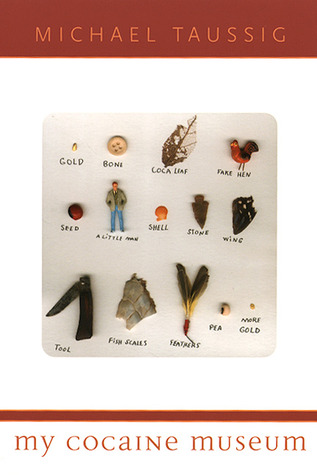
The first place I ever DJed cumbia was at Taussig’s place in upstate New York (a good friend was getting married – wedding DJ!). It wasn’t until a year or two later when I stumbled across all these lovely tracks from the Rio Timbiqui area of Colombia which he writes about so richly in My Cocaine Museum.
A laptop theft took those tunes out of my hands again, but here’s a related song. “I don’t want it” by Grupo Gualajo – a gorgeous marimba jam about foreigners coming to Pacific Colombia to spirit away “our music, our records, and tales of our ancestors / they arrive happy back home / because they took all our inspiration / we don’t value what we have / others come and take the best…”
[audio:http://negrophonic.com/mp3/Grupo_Gualajo-No_Quiero-www.negrophonic.com.mp3]Grupo Gualajo – No Quiero (from the Afritanga comp)
 [Simone Leigh video still – Sharifa Rhodes-Pitts as Stark Trek’s Uhura]
[Simone Leigh video still – Sharifa Rhodes-Pitts as Stark Trek’s Uhura]
